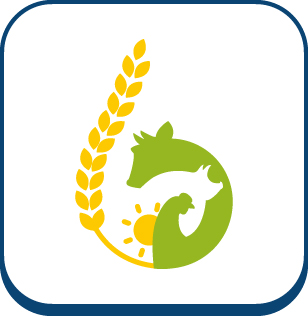Economic incidence of high prolificacy in pig commercial herds: comparison of 13 scenarios
Ajouter à ma liste
Auteurs :
Gourmelen C, Le Moan L
Over the past ten years, the important increase of sow prolificacy leaded the pig producers to adapt the herd management method in order to breed additional pigs. As the litter size increased, the number of weaned piglets per litter also grew up but slowlier in connection with the higher proportion of undersized animals (weighing less than 1 kg at birth) and the high perinatal mortality. This raises two questions: how can these additional piglets be managed and is it profitable to improve survival of lightest animals?Different adaptations for herd management were assessed and compared to an initial situation corresponding to non hyperprolific sows. In the farrowing unit, piglets were assumed either to stay all with their dam or to be early weaned for some of them. At 8 or 25 kg, the required additional facilities could be built, piglets in excess could be sold or fattened under contract in a third farm. Then, the number of sows was either kept constant or reduced to make the number of piglets consistent with housing capacity.New accommodation investment costs concerned early weaning, post-weaning or fattening stages and labour costs were taken into account. Technical performances were assumed to be the same, either the sows were hyperprolific or not. Keeping all piglets with their dam, building extra places or making some pigs to be fattened out of the farm, appeared like the most worthwhile scenario with regard to the price context. Although reducing the number of sows increased the margin, it represents one of the less profitable solutions. The improvement of little piglets survival allowed to fatten more pigs within interesting economic conditions.
Fiche technique
Titre :
Economic incidence of high prolificacy in pig commercial herds: comparison of 13 scenarios
Date sortie / parution :
2004
Référence :
Journées de la Recherche Porcine (Fra), 2004, Vol.36, p. 463-470







